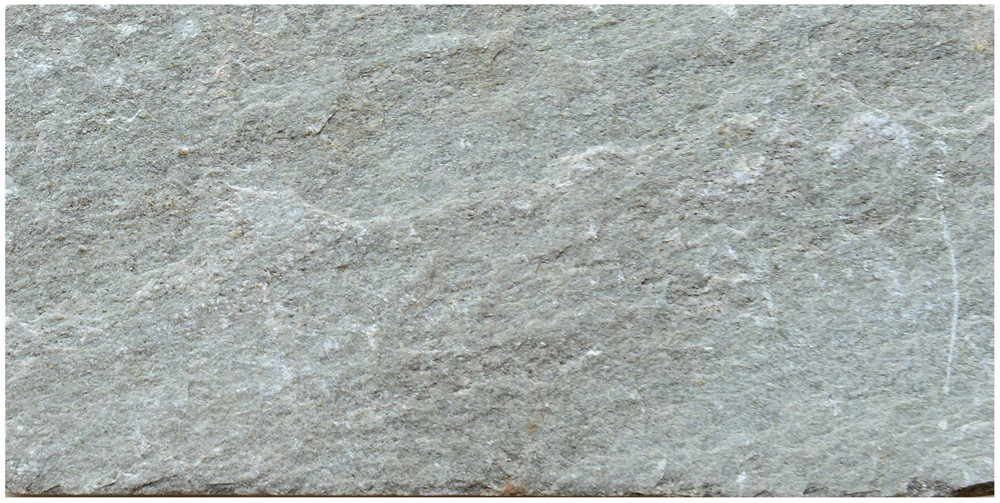Enhancing Your Home with Cultured Stone Trim

Introduction:
In the world of architecture and design, the use of stone has always been revered for its timeless beauty, durability, and versatility. However, working with natural stone can be expensive, heavy, and time-consuming. This is where cultured stone trim comes in as a popular alternative that offers the look and feel of natural stone without the drawbacks. In this article, we will explore the world of cultured stone trim, its benefits, applications, and how it can enhance the aesthetic appeal of your home.
What is Cultured Stone Trim?
Cultured stone, also known as manufactured stone or faux stone, is a man-made product designed to mimic the appearance and texture of natural stone. It is made by casting concrete or other materials in molds that are shaped and textured to resemble various types of stone, such as limestone, slate, granite, or river rock. Cultured stone trim, specifically, refers to the use of cultured stone as a decorative element for trimming and accenting different parts of a building, such as window and door surrounds, columns, cornices, and baseboards.
Glow-in-the-dark stepping stones for nighttime visibility of Cultured Stone Trim:
1. Cost-Effective: Cultured stone trim is typically more affordable than natural stone, making it a budget-friendly option for homeowners looking to enhance their property’s exterior or interior.
2. Lightweight: Unlike natural stone, which can be heavy and difficult to work with, cultured stone trim is lightweight and easy to handle, reducing installation time and labor costs.
3. Variety of Styles and Colors: Cultured stone trim comes in a wide range of styles, colors, and textures, allowing for endless design possibilities to match any architectural style or aesthetic preference.
4. Durable and Low Maintenance: Cultured stone trim is resistant to weathering, fading, and chipping, making it a long-lasting and low-maintenance choice for enhancing the curb appeal of your home.
5. Easy Installation: Cultured stone trim is designed to be easy to install, whether you’re a DIY enthusiast or a professional contractor, saving you time and effort during the renovation process.
Applications of Cultured Stone Trim:
1. Exterior Facades: Cultured stone trim can be used to accentuate the architectural features of your home’s exterior facade, such as creating a grand entrance with a stone-clad doorway or adding a touch of elegance with stone window surrounds.
2. Interior Walls: Cultured stone trim can be applied to interior walls to create a rustic, natural look in living rooms, dining areas, or bedrooms, adding warmth and character to the space.
3. Fireplaces: Cultured stone trim is a popular choice for fireplace surrounds and mantels, giving your fireplace a luxurious and inviting feel that enhances the overall ambiance of the room.
4. Outdoor Living Spaces: Cultured stone trim can be used to enhance outdoor living spaces, such as patios, decks, and pergolas, creating a cohesive and stylish design that blends seamlessly with the natural surroundings.
5. Landscaping Features: Cultured stone trim can be incorporated into landscaping features, such as garden walls, retaining walls, or decorative columns, adding visual interest and sophistication to your outdoor space.
How to Choose Cultured Stone Trim:
1. Consider the Style of Your Home: When selecting cultured stone trim, consider the architectural style of your home to ensure that the trim complements the overall design aesthetic.

2. Choose the Right Color and Texture: Cultured stone trim comes in a variety of colors and textures, so choose a style that coordinates with your existing exterior or interior color scheme for a cohesive look.
3. Evaluate Installation Requirements: Depending on the application, consider the installation requirements of the cultured stone trim to determine if it can be easily installed by yourself or if professional assistance is needed.
4. Budget Considerations: Determine your budget for the project and choose cultured stone trim options that fit within your financial constraints while still offering the desired aesthetic appeal.
Maintenance Tips for Cultured Stone Trim:
1. Regular Cleaning: To maintain the appearance of your cultured stone trim, regularly clean it with a mild detergent and water solution to remove dirt, dust, and debris.
2. Avoid Harsh Chemicals: Avoid using harsh chemicals or abrasive cleaners on cultured stone trim, as they can damage the surface and affect the finish of the trim.
3. Inspect for Damage: Periodically inspect your cultured stone trim for any signs of damage, such as cracks, chips, or discoloration, and address any issues promptly to prevent further deterioration.
4. Sealing: Depending on the type of cultured stone trim you have, consider applying a sealant to protect the surface from moisture, stains, and UV exposure, prolonging its lifespan and maintaining its appearance.
Conclusion:
Cultured stone trim offers a cost-effective, versatile, and durable solution for enhancing the aesthetic appeal of your home. With its wide range of styles, colors, and textures, cultured stone trim can be used in various applications, both indoors and outdoors, to create a sophisticated and timeless look. By following the tips for choosing and maintaining cultured stone trim, you can enjoy the beauty and benefits of this popular design element for years to come.
